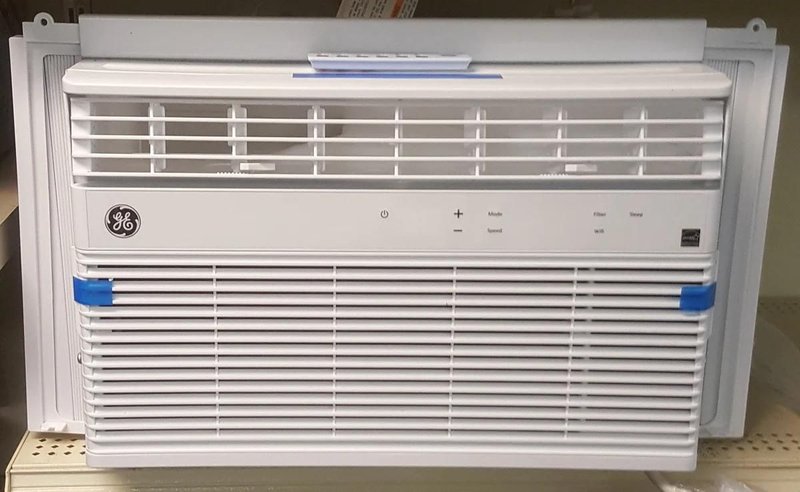
So, you might be wondering, “Can I just reset it and make everything okay?” That’s a common thought, and let’s face it—sometimes unplugging and replugging things works like magic. But, air conditioners can be a bit more complex than your usual gadgets. So, let’s dive into what resetting your GE air conditioner means, and whether it actually solves the pesky E2 error.
Understanding the E2 Error Code
First off, what does the E2 error code actually mean for your GE air conditioner? In simple terms, this code typically indicates a sensor issue. Imagine the sensors in your air conditioner as its brain that helps it determine when to cool things down or when to ease up a bit. When something goes wrong with these sensors, they might misread temperatures or fail to communicate properly with the unit, resulting in the E2 code.
When your air conditioner’s sensor is acting up, it’s like having a thermometer that’s always giving you the wrong reading. It might think it’s cooler than it actually is, leading your AC to stop working as effectively as it should. This can be frustrating, especially when the weather outside is unbearable. But don’t worry too much yet—there are steps you can take to address this.
Now, here’s the curious part: sometimes these sensors don’t really need a replacement or repair. Like many electronic devices, your air conditioner might just need a “restart” to clear up any temporary blips in its system. This is where resetting enters the picture.
How to Reset Your GE Air Conditioner
Resetting your GE air conditioner can be compared to giving it a fresh start. Think of it like rebooting your computer when it starts acting sluggish or seems to freeze. You’re essentially clearing its temporary memory and allowing it to start over without any background errors bothering it.
To reset your GE air conditioner, the first step is rather straightforward: **unplug the unit from the power source**. It’s like turning off the power and giving your AC a chance to take a breather. Leave it unplugged for a couple of minutes. This pause helps ensure that all the electrical components have fully shut down and reset.
After that short wait, plug your air conditioner back in. When you switch it on, keep an eye on how it’s functioning. Has the E2 error disappeared? If yes, great! You might have just fixed the issue. However, if the error code persists, there may be more to the problem than a simple reset can handle. And that’s okay—there are still other options to explore.
When a Reset Isn’t Enough
If resetting didn’t do the trick, it’s time to roll up your sleeves and dig a little deeper. An E2 error can sometimes indicate that it’s a more persistent sensor issue that requires further attention. Imagine if you were trying to read with glasses that are all fogged up; you’d need to clean them to see clearly again. Similarly, your air conditioner might need some maintenance to clear up the problem.
One potential fix is to check the sensor itself. It might need repositioning or cleaning, as dust and debris can sometimes interfere with its accuracy. But if you’re not comfortable poking around inside your AC unit, it’s always a smart move to reach out to a professional technician. They can offer you a more permanent solution and ensure that the unit is running safely and efficiently.
Also, consider checking your air filters. Dirty filters can lead to airflow issues that sometimes cause sensor errors. Regularly cleaning or replacing filters is an easy maintenance task that can prevent these kinds of problems from cropping up in the first place.
Preventing Future E2 Errors
Maintaining your air conditioner can save you a lot of headaches down the line. Think of it as giving your car a regular oil change—just a bit of routine care goes a long way in preventing major problems. For starters, make sure your air conditioner is cleaned regularly. Dust and grime can sneak into the system, causing all sorts of issues, including sensor malfunctions.
Furthermore, schedule regular maintenance checks with a professional. They can help identify potential issues before they become full-blown problems, saving you money and keeping your AC running smoothly. And remember those air filters we talked about? Keeping them clean is an easy but effective measure to ensure efficient airflow and prevent unnecessary strain on your unit.
In conclusion, while resetting your GE air conditioner is often a good first step when dealing with an E2 error code, it might not always be the one-size-fits-all solution you’re hoping for. If the error persists, consider calling in an expert to give your AC a thorough check-up. With routine care and attention, you’ll be less likely to run into these issues in the future—leaving you to enjoy the cool, refreshing breeze without any hassles.